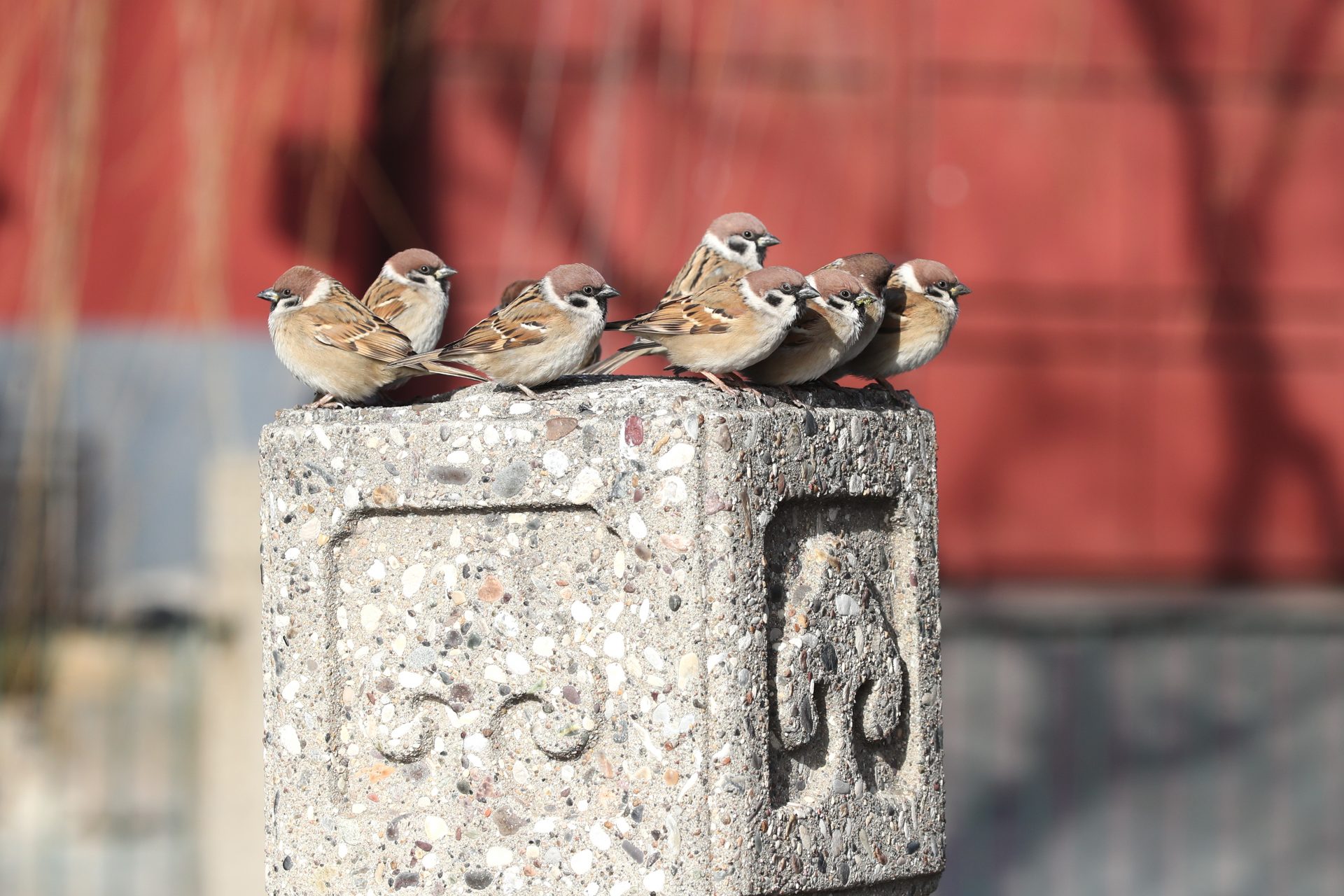China vs. the sparrows: a war that ended in an ecological catastrophe
All species, from diminutive ants to regal lions, possess intrinsic worth and play essential roles in our ecosystem. However, human activities can disturb this natural equilibrium, resulting in disastrous consequences, as recently observed in China.
"The flapping of a butterfly's wings can cause a hurricane in another part of the world." The famous Butterfly Effect reached biblical dimensions in China in the mid-20th century but, in this case, exchanging butterflies for sparrows.
What began as a nationwide war against sparrows would lead, years later, to the death of millions of people. How could it be? Everything has a simple but extensive explanation.
It all started in 1958, when the communist government of Mao Zedong, the first president of the People's Republic of China since 1949, launched this lapidary slogan: "Birds are the animals of capitalism."
Mao Zedong wanted to turn China, an eminently agricultural country, into an industrial power. This is how the so-called 'Great Leap Forward' arose, an initiative that sought to increase cereal production, in addition to industrializing the countryside.
The 'Great Leap Forward' would imply, in addition to mobilizing almost the entire population, ending those Mao Zedong considered enemies of his great initiative: mosquitoes, flies, rodents and sparrows, in a war against these animals that was called the 'Campaign of the Four Pests'.
Photo: By China Government, Public Domain, Wikimedia Commons
Mosquitoes, rodents and flies were eradicated with the excuse of improving hygiene and health of the Chinese population, but the true enemies of the communist regime, as they themselves pointed out, were the sparrows. The reason? They ate the grain from the crops, a grain that Mao Zedong considered should be exclusively for the citizens.
Photo: Unsplash - Ahmad Kanbar
At that time, China was going through a difficult situation. On the one hand, they were adapting to this great agrarian reform and, on the other hand, they saw how the sparrows were eating their future.
According to the Chinese journalist Dai Qing in an article on the subject, "Mao Zedong did not know anything about animals and did not want to discuss or listen to experts, he only decided that the four pests had to be killed."
Thus, Mao Zedong only had to use data, those that his scientists had given him, indicating that each sparrow ate around 4.5 kilos of grain per year, estimating that each million sparrows hunted would leave free food for 60,000 Chinese citizens. It did not take much more to achieve the massive collaboration of the entire population.
Mao Zedong would pass a law allowing citizens to hunt sparrows indiscriminately. Thus, the population used pots and pans to make them come out of their nests and hunt them down. They even came to chase them making noise, until they died exhausted, recalls the Dutch historian Frank Dikötter in the book 'The Great Famine in Mao's China'.
The country was filled with scarecrows, and from students, to civil servants, through the army, everyone had only one mission: to kill all the sparrows.
Photo: Unsplash - Mateusz Raczynski
It is impossible to give a figure for the number of sparrows exterminated, but it is easy to think of hundreds of millions, considering that, in the early 1960s, the Chinese population was 600 million people. In the eyes of Mao Zedong and the citizens, the initiative was a success: the sparrow had been almost exterminated.
Obviously, the killing of sparrows led to an ecological problem of incalculable dimensions that would affect crops throughout the country and, by extension, all citizens.
Only a year had passed before citizens realized the reality: sparrows ate their seeds, but they also controlled lethal predators such as locusts that soon devastated the crops of the entire country, in a more devastating measure than what sparrows could ever have done. After the locusts would come the bedbugs.
The result was paltry agricultural production that led to a massive famine across the country, leaving homes and shops without food.
Official Chinese government estimates say 15 million people died from starvation. Less official lines of research raise that figure to between 45 and 70 million people, as reported by 'Time' magazine.
Ultimately, China would end up importing 250,000 sparrows from the Soviet Union. The bird that had been the staunch enemy of an entire country suddenly became China's hope for redressing a desperate situation.
The environmental journalist John Platt, recognized on the BBC the part that the hunting of sparrows had in the massive famine in China, but also pointed out that this was not the only reason that led to this great crisis.
For one, driving farmers into steelmaking and construction left agriculture understaffed, rotting entire crops. In parallel, the fleeting industrialization that the Chinese government intended, led to extensive deforestation.
Nor did the weather help, because in 1960, as John Platt reports, there was a historic drought, which was followed by a series of disastrous floods.
With the perspective that time gives, it is clear that China has been able to learn from its mistakes and become the great power it is today. A lesson that cost the lives of hundreds of millions of sparrows and, above all, tens of millions of citizens.
Never miss a story! Click here to follow The Daily Digest.
More for you
Top Stories



































